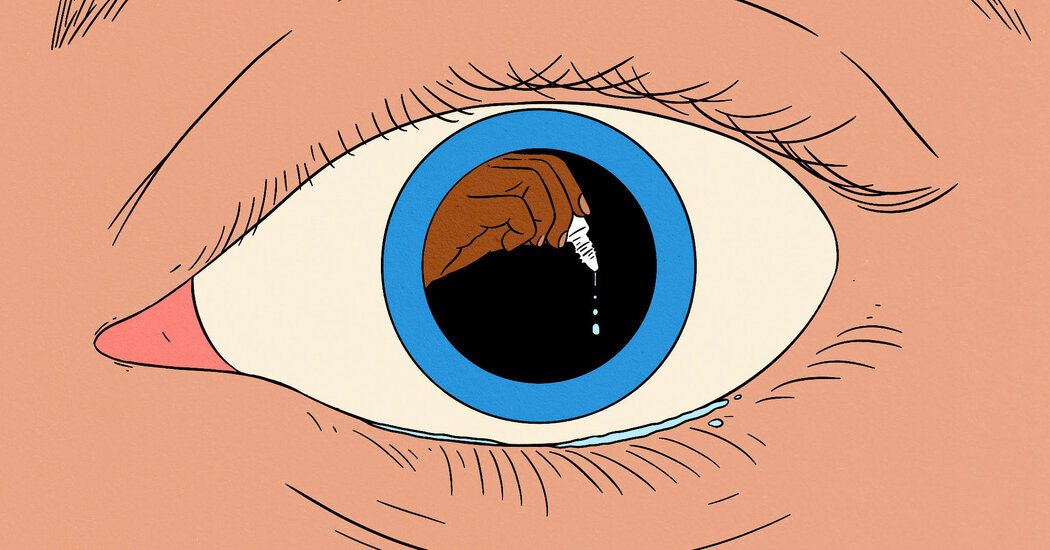Experts disagree on who needs it and when. Here’s what the evidence suggests.
Perhaps the most unpleasant part of an eye exam is when the doctor squeezes in the dreaded drops to dilate your pupils. They sting your eyes, blur your vision and leave you squinting at screens for hours. As you blink back tears, it’s natural to wonder: Is this really necessary?
There’s no question that getting your eyes dilated can help providers catch glaucoma, macular degeneration and many other diseases. But there’s a surprising debate over who actually needs it done, and how often.
The American Optometric Association recommends that all adults have a dilated eye exam every year, even if they have no vision problems. But the guidance from the American Academy of Ophthalmology is entirely different: That group says most young, healthy adults don’t need annual dilated exams.
“This is such a hot-button issue,” said Dr. Roy Chuck, an ophthalmologist at Montefiore Einstein in New York and the director of quality of care for the American Academy of Ophthalmology. “It’s confusing, because you’re hearing different things from different doctors.”
We asked experts on both sides of the debate about the benefits and downsides of dilation.
How does dilation work?
Dilation enlarges your pupil to give your eye doctor a wider and clearer view of the retina, optic nerve and blood vessels in the back of your eye, said Dr. Andrew Morgenstern, director of the American Optometric Association’s clinical resources group.
“Looking without dilation is like looking into a room through a keyhole,” Dr. Morgenstern said. “With dilation, it’s like looking with the door open.”
